The gloves have come off now that test results show clearly the probable effects on GPS of LightSquared’s proposed wireless broadband network: widespread, debilitating interference to GPS receivers.
By Dee Ann Divis Anechoic chamber test site at U.S. Naval Air Systems Command (NAVAIR) facility in Patuxent River, Maryland
Anechoic chamber test site at U.S. Naval Air Systems Command (NAVAIR) facility in Patuxent River, MarylandInterference can pose a threat to the reception of GNSS signals in a variety of ways. Even low-level signals have the potential to interfere with GNSS receivers, which require very high sensitivity for acceptable performance due to the extremely low received GPS signal power at the Earth’s surface.
By Inside GNSS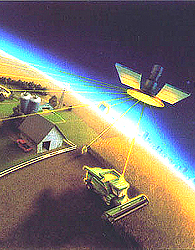 The report concerns economic effects on high precision commercial uses of GPS, such as precision agriculture. (U Calif. photo)
The report concerns economic effects on high precision commercial uses of GPS, such as precision agriculture. (U Calif. photo)Research released yesterday (June 22, 2011) indicates that interference from LightSquared cellular broadband transmitters could cost manufacturers and users of commercial GPS technology up to $96 billion in annual losses.
By Inside GNSS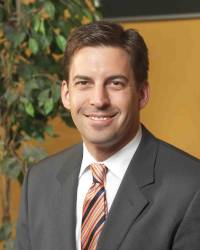 Steve Koles, president & CEO, Hemisphere GPS
Steve Koles, president & CEO, Hemisphere GPSHemisphere GPS, Inc., has reported revenue growth of 41 percent and a return to profitability in the first quarter of 2011 for the three months ending March 31.
For the quarter, the Calgary, Alberta, Canada–based company generated $21.2 million in total revenues, compared to US$15.1 million in the first quarter of 2010. Revenues from all market segments increased in the first quarter of this year.
By Inside GNSS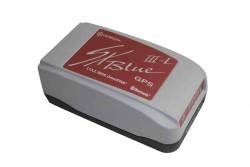 Geneq SXBlue IIIL
Geneq SXBlue IIILGeneq Inc., a Montreal, Quebec, Canada, manufacturer, has introduced two new GPS products.
The SXBlue III-L is a compact GPS L1/L2 receiver in the world designed for use with OmniSTAR’s HP service to attain decimeter accuracy worldwide. Targeted at GIS mapping/surveying applications, the receiver measures 14 x 8 x 5.6 centimeters (5.57 x 3.15 x 2.22 inches) and weighs 517 grams (1.14 pounds) including battery.
By Inside GNSSNovAtel Inc., Calgary, Alberta, Canada, and Raven Industries, Sioux Falls, South Dakota, have announced a new strategic partnership that will see NovAtel’s GNSS positioning technology integrated into Raven’s line of precision agriculture products.
By Inside GNSS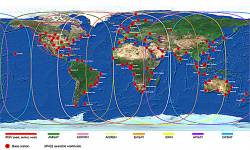 Omnistar DGPS world map
Omnistar DGPS world mapTrimble announced on March 16 that it has entered into a definitive agreement to acquire certain assets related to the OmniSTAR GNSS signal corrections business from Fugro N.V.
The acquisition is expected to significantly expand Trimble’s worldwide ability to provide correction services for a broad range of land-based applications in addition to OmniSTAR’s current focus in agriculture. Fugro’s offshore marine business is unaffected.
By Inside GNSS H102 GPS Compass
H102 GPS CompassHemisphere GPS has announced an OEM alliance with a Chinese manufacturer of agricultural, construction, and power machinery equipment as well as the release of two compact GPS compass products.
The Calgary, Alberta, Canada–based company’s alliance with YTO Group Corporation, headquartered in Luoyang City, China, is part of Hemisphere GPS’s to expand its operations in the international realm.
By Inside GNSS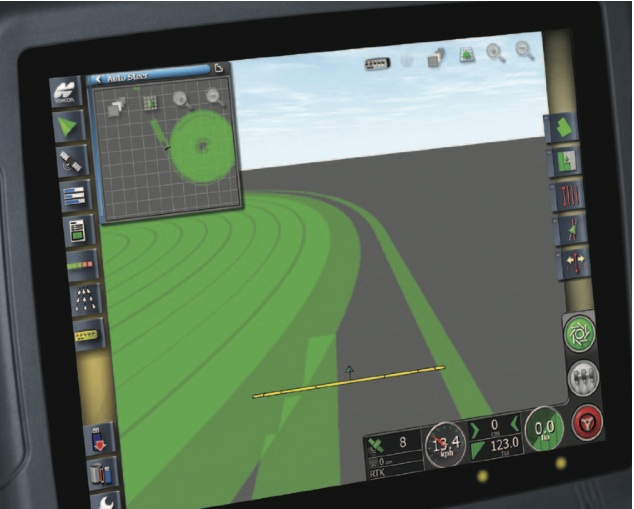 Topcon X30 controller
Topcon X30 controllerTopcon Positioning Systems (TPS) and DICKEY-john Corporation, an agricultural systems and machine control manufacturer based in Auburn, Illinois, have formed a strategic relationship in the agriculture industry.
Headquartered in Livermore, California, TPS recently unveiled its System 350 machine control system, which employs the company’s new X30 control console and its AGI-3 receiver for autosteering.
By Inside GNSSOrganizers of an ambitious project in the Asia/Oceania region demonstrating the benefits and opportunities for using multiple GNSS systems are moving ahead in their effort to design and implement a five-year campaign.
The 2nd Asia Oceania Regional Workshop on GNSS will be held in Melbourne, Australia, on November 21–22, in the two days before the Asia-Pacific Regional Space Agency Form (APRSAF) annual meeting in the city.
By Inside GNSS
High-precision users of GNSS are used to solving for carrier phase integer ambiguities, but the recent publication of a GPS technical document has fixed a different kind of phase ambiguity — a linguistic one
By Inside GNSS